Chef Pasquale Cozzolino's Pizza Diet
It might seem like a dream to be able to lose weight by eating, especially by eating your favorite meal. In reality, it all depends on what you eat, how you eat, and at what time of the day. It’s known that the Mediterranean diet is one of the best regimens, but not everybody, especially outside of Italy, knows how to cook it, portion it, and how to draw the maximum benefit from it. Sometimes what’s really missing is true knowledge of Mediterranean cuisine, both in selecting the ingredients and in preparing them.
A Maestro Pizzaiolo's Dream
Chef Pasquale Cozzolino grew up with these traditions, and he knows them well. His passion for pizza was born in Naples, the homeland of pizza. When he was little, he would anxiously wait for the day when his mother would bring him to eat his favorite meal: “When I was little, my mother brought me to eat pizza once a week,” he told us. “I was fascinated watching the pizza makers actually make the pizza. I wanted to eat it every day even though I wasn’t allowed. I always dreamed of being a pizza maker, so I could eat a pizza every day!”
Pasquale made his dream come to fruition. Today, he’s an accomplished pizza maker and the Executive Chef of one of the most vogue Italian restaurants in New York, Ribalta. He also achieved his dream of eating a pizza every day thanks to his special diet. The idea was born from a need to lose weight: “The pizza diet began from a personal need,” the chef told us. “I put on some weight, and I needed to lose it. I am the kind of person who eats often, and I always have food around me since I’m a chef. The usual diets made me feel as if I were in some type of cage. So I consulted a friend, Doctor Giuseppe Moscarella, who is a biologist and nutritionist from Naples. He’s also a consultant and dietitian for soccer teams. He told me about how the human body works and how to benefit from the so called “super burn” moments. You intake a large number of calories during those parts of the day, but the body burns them quickly. Then he asked me what my favorite dish is. This is how pizza was included as the ‘happy item’ in my diet.”
The Pizza Diet
As a result, Cozzolino was able to lose 100 pounds (50 Kg) in nine months, and after an interview with the New York Post about his experience, the news of the pizza diet began to spread throughout the American media, and now everybody is talking about it. In 2016 it was the third-most-researched diet online. The diet’s growing popularity and the media’s attention to the Neapolitan chef attracted the American publishing house Penguin Random House, which commissioned him to write the book The Pizza Diet–How I Lost 100 Pounds and You Can Too! It became a great success.
But what makes this diet different from the others, and what type of pizza can you eat every day in order to stay in shape?
During the first part of the day, the diet allows for the consumption of products with a higher calorie count and products that take a bit of time to digest, such as complex carbohydrates. As soon as you wake up, your body doesn’t burn anything because it’s still in the sleep phase, but then it starts, like a motor, and it goes very fast. The pizza diet’s breakfast is very generous but should only prepared with products of an excellent quality. Cereal, fruit, almond milk, and possibly an egg.
Lunch is around 12pm, and that’s when it’s time for pizza along with a salad. At that point, 70% of the daily caloric requirement is consumed. At dinner, only protein, particularly lean protein, is consumed, preferably with a salad or greens. The last meal is eaten around 6pm.
However, what type of pizza can you eat, and how should it be prepared?
Traditional Neapolitan Pizza
The pizza of choice is classic Neapolitan pizza prepared with 220 grams of dough (made from flour, water, salt, and yeast), tomatoes, and a bit of mozzarella and basil, without adding fats and sugar. It’s the typical Margherita pizza and, if cooked correctly, it’s a complete nutritious meal of 570 calories. The secret to making this pizza light is to not overdo it with condiments and oil. The ingredients need to be balanced. Cozzolino’s pizzas are more hydrated than most pizzas. “Neapolitan pizzas are usually hydrated from 60% to 70%. Mine is 80%, so there’s a lot more water. The fermentation times are therefore very long, and this allows the gluten to be more digestible.”
Therefore, it’s not possible to be able to eat any type of pizza every day, especially those prepared in American fast food restaurants that are unhealthy and high in calories. “Pizza is often considered junk food in America,” the chef said. “The message for Americans is not to ‘eat whatever pizza you want,’ but rather to eat this pizza, which is prepared according to the criteria of the Mediterranean diet.”
Traditional Neapolitan pizza is almost an artisanal piece, and it needs to maintain its specific characteristics. Today, pizza is increasingly becoming a subject for chefs. The risk is that excessive experimenting will lead to a loss in the pizza’s original taste. “If you overdo it with condiments, you lose the sense of the pizza,” the chef affirmed. “It then becomes almost like a dish that supports what’s on it. Instead, the important thing with pizza is the dough. My research on pizza as a chef is focused on always finding new processes of leavening. This is what makes a pizza dish modern. However, it’s a dish that needs to stay true to itself.”
Behind the pizza diet is a concept that stems from biosophy, which is in between philosophy and biology. Once you lose weight, it’s important that this diet becomes a true dietary regimen because you don’t lose weight by being on a diet, or at least not in the long term, and losing weight is not the objective but the effect. The objective is changing your attitude and embracing a more healthy lifestyle for your body.
Furthermore, pizza for Pasquale is not only good food, but it’s also a symbol of conviviality: “Pizza is the food of the gods. Its shape–the circle–represents brothership, the embrace. It’s a food that symbolizes sociability.”
The Book’s Mission
The chef’s book isn’t just a classic cookbook with some recipes and the recommended diet. It actually contains the whole philosophy regarding the way in which one should eat, from how to buy products in the supermarket to how to understand the ingredients on the labels. Furthermore, the book tells the story of Pasquale Cozzolino. It recounts his debut at thirteen years old when he prepared his first pizza together with famous pizza maker Gaetano Esposito. Esposito is a descendant of Raffaele Esposito, one of the inventors of pizza. It also tells of Cozzolino’s New York adventure, which gave him not only a successful career but also a family. Pasquale married an American woman, and they have two children together.
The mission of the book is geared strongly toward education: “I grew up with the idea of eating well. My mother passed it down to me. My mission, having two American kids and seeing what they eat, is to educate people to eat well, by going on TV or to schools to talk about food culture. I already did something at the Borough of Manhattan Community College. It was a panel with 50 students in order to talk about nutrition. I receive hundreds of emails a day from people that follow the diet and ask for my advice.”






























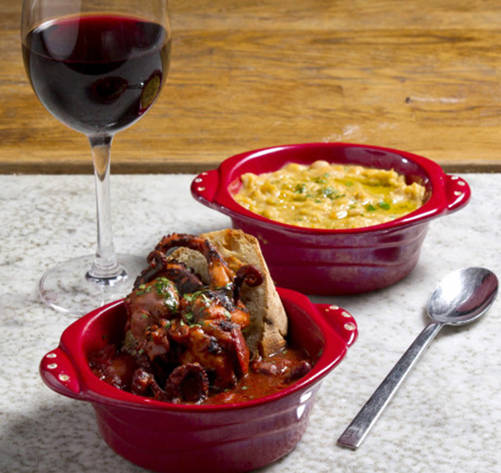
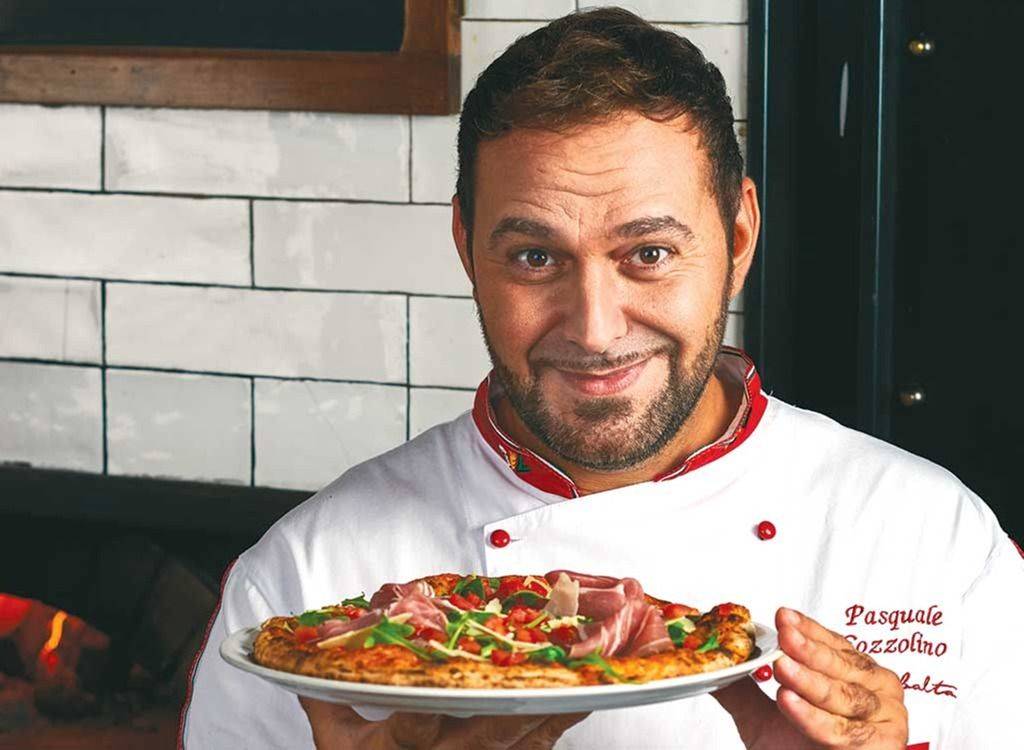


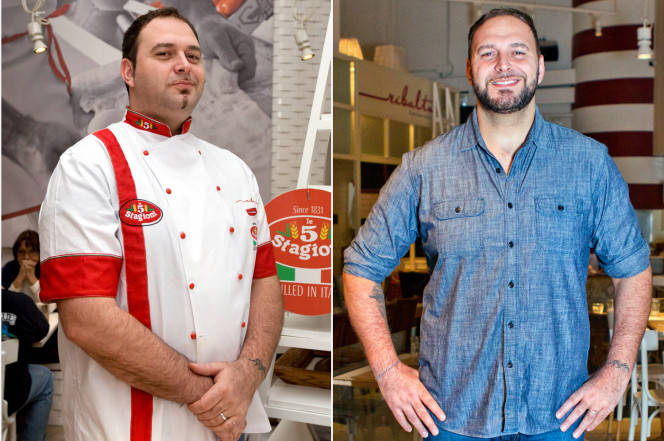

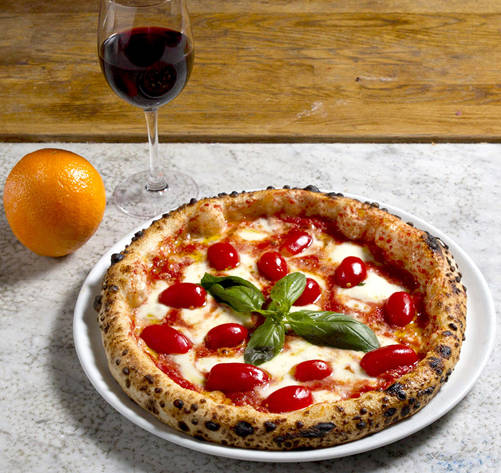





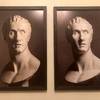
i-Italy
Facebook
Google+
This work may not be reproduced, in whole or in part, without prior written permission.
Questo lavoro non può essere riprodotto, in tutto o in parte, senza permesso scritto.